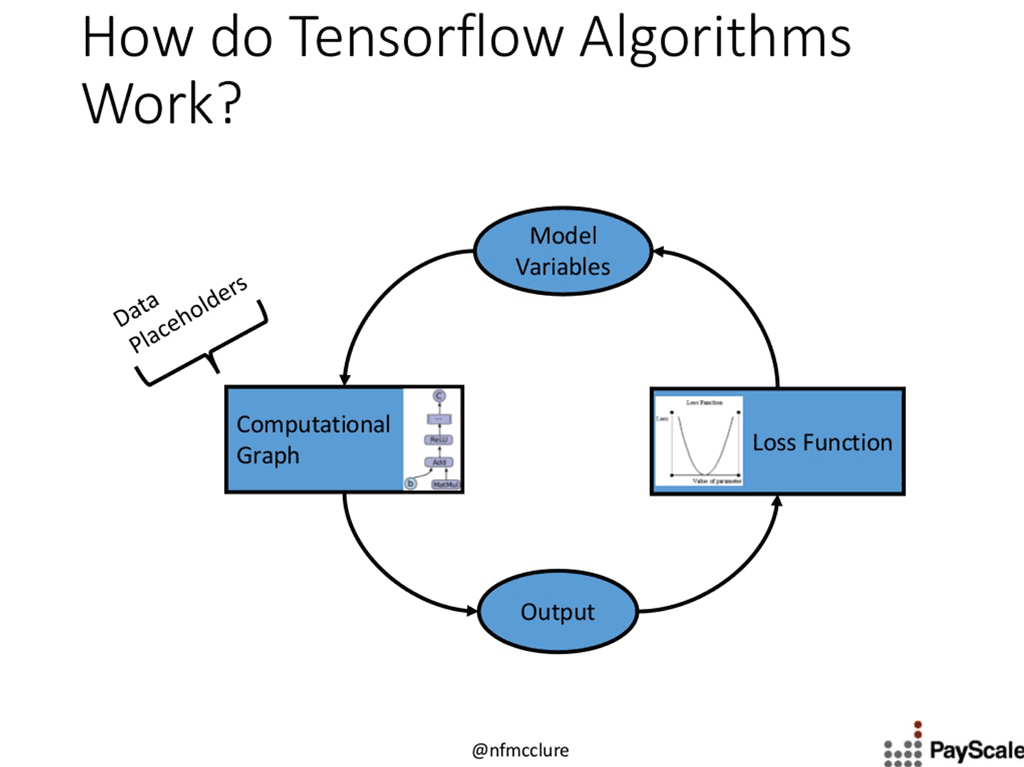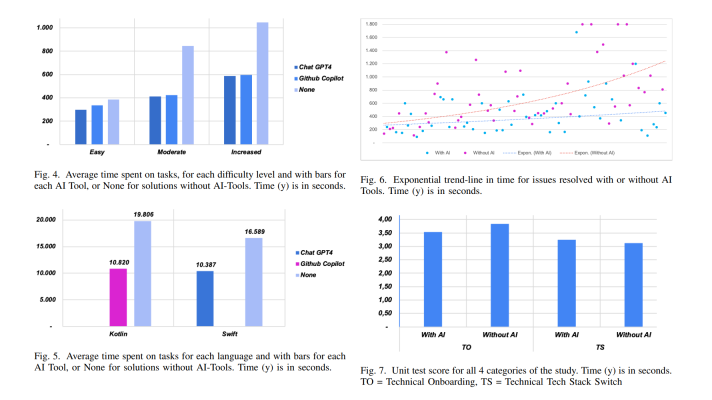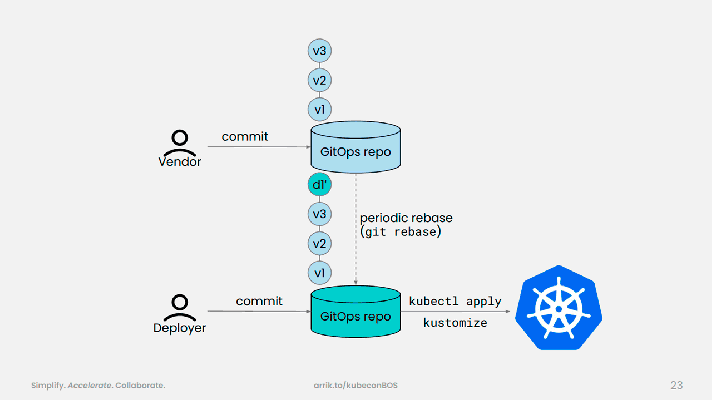Under-the-Hood Mechanisms of Neural Networks with TensorFlow


Neural networks are actively applied to improve speech recognition, facial identification, reading emotions, sentiment analysis, disease diagnosis, etc. At the recent TensorFlow meetup in Seattle, the attendees were plunged into the world of convolutional and recurrent neural networks, their under-the-hood mechanisms, and usage with TensorFlow, learning some handy tricks on the way.
All things neural
In his session, Nick McClure of PayScale took a close look at neural networks. He introduced the audience to a basic unit of a neural network—an operational gate—and explained how to make use of multiple gates. Then, Nick moved on to:
- loss functions
- learning rate (it determines how much of a change can be applied to model parameters)
- logistic regression as a neural network
- activation functions
Why neural networks? If we can copy design of human brain, we can solve "hard 4 computer, easy 4 humans" problems. pic.twitter.com/ak17PcLwWM
— Nikki Chau (@dragonc) July 28, 2016
Nick outlined that neural networks can have a bunch of “hidden layers” and it’s possible to make them as deep as wanted. He also mentioned that neural networks can have as many inputs / outputs as necessary.
Nick overviewed the perks of TensorFlow as a library for deep learning, highlighting the following aspects:
- how TensorFlow algorithms work
- a one-hidden layer neural network in TensorFlow
- distributed TensorFlow
- GPU capabilities
- TensorBoard
- skflow
Overviewing convolutional neural networks (CNN), Nick touched upon reduction of parameters and showed some tricks to try out: pooling and dropout. He also talked about using a regional CNN and a recurrent neural network for image captioning.
A different kind of CNN: Convolutional Neural Network – used for pattern recognition, like a cat's face. @_davmar 😺😻 pic.twitter.com/JJhx57vVXE
— Nikki Chau (@dragonc) July 28, 2016
You can find Nick’s “TensorFlow Machine Learning Cookbook” on his GitHub’s profile.
Want details? Watch the video!
Join the meetup group to get informed about the upcoming events.
Related slides
Further reading
- Image and Text Recognition with TensorFlow Using Convolutional Neural Networks
- Using Convolutional Neural Networks and TensorFlow for Image Classification
- Distributed TensorFlow and Classification of Time Series Data Using Neural Networks
- Performance of Distributed TensorFlow: A Multi-Node and Multi-GPU Configuration









